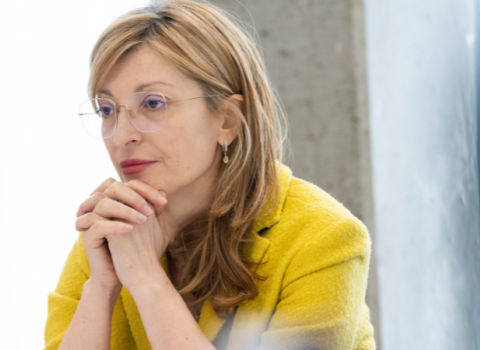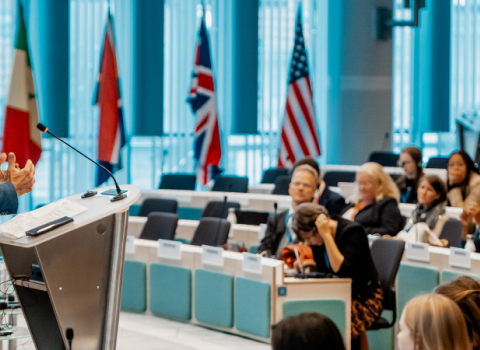The European Commission has launched the first call for proposals for what it claims will be the world’s largest programme of investment in low carbon and renewable energy demonstration projects.
The initiative, known as NER300, will provide substantial financial support for at least eight carbon capture and storage (CCS) projects and at least 34 projects involving renewable energy. The aim is to drive low carbon economic development in Europe, create jobs and contribute to the EU's climate change goals.
The European Investment Bank (EIB) is collaborating with the Commission in the implementation of the programme, which is intended to act as a catalyst for demonstrating low carbon technologies on a commercial scale. Companies interested in making proposals have three months to submit bids at national level.
Climate Action Commissioner Connie Hedegaard said the programme provides a good example of how the EU can do more when its members act together. “Through using revenues from selling of CO2 allowances, around €4.5 billion will be available for innovative renewable energy technologies and CCS. With project sponsors and Member States contributions this will [rise] to €9 billion.”
EIB President Philippe Maystadt said the bank is “fully committed” to helping Member States meet their 2020 climate and energy objectives. The EIB will undertake detailed financial and technical due diligence of project proposals before making recommendations in the form of a ranking of project proposals to the Commission. The Commission will take the final decision on which projects to co-finance after consulting Member States.
At least one project and a maximum of three, will be funded in each Member State.
NER300 initiative will fund up to 50 per cent of the construction and operation costs of the CCS and renewables projects and can be combined with financing from other EU instruments, including the Structural and Cohesion Funds and the European Energy Programme for Recovery.
Projects of interest
Eight CCS projects will receive financing:
- A minimum of one and maximum of three in the following categories: pre-combustion, post-combustion, oxy-fuel and industrial applications.
- A minimum of three projects using saline aquifers for CO2 storage and minimum of three using depleted hydrocarbon reservoirs.
- Power stations taking part in CCS projects must have a generation capacity of at least 250 MW, and be designed to capture at least 85 per cent of their CO2 emissions.
Innovative renewable energy technology project categories
The 34 renewable energy projects to be financed comprise the following:
- Bio-energy 9
- Concentrated solar power 5
- Solar photovoltaic 3
- Wind 6
- Geothermal 4
- Ocean (wave and tidal power, ocean thermal energy conversion) 3
- Hydro-electric 1
- Distributed renewables management (Smart Grids) 3
For more information, visit the NER300 website.





 A unique international forum for public research organisations and companies to connect their external engagement with strategic interests around their R&D system.
A unique international forum for public research organisations and companies to connect their external engagement with strategic interests around their R&D system.